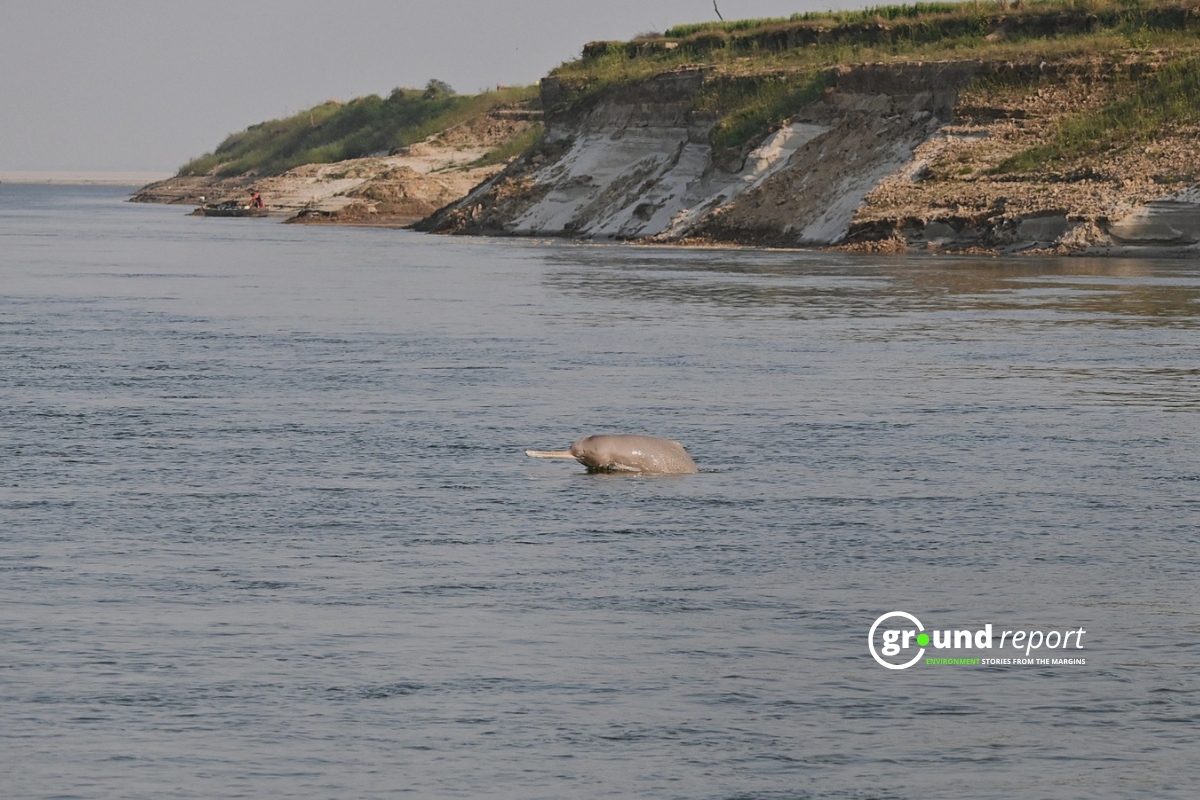On March 16, 2023, the Supreme Court hinted that it might ease the limitations on development activities in Eco-Sensitive Zones (ESZs) around protected areas (PAs) such as national parks and wildlife sanctuaries.
The court, consisting of Justices BR Gavai, Vikram Nath, and Sanjay Karol, made this comment while reserving its decision on requests for the modification of its June 2022 verdict.
Central Govt seeks amendment ESZ
The Union Ministry of Environment, Forest and Climate Change and several state governments had filed applications challenging the order on various grounds.
The bench comprising Justices BR Gavai, Vikram Nath, and Sanjay Karol stated that they were “inclined to allow” the modification application.
During the hearing, the Central government, represented by ASG Aishwarya Bhati, contended that the imposition of uniform restrictions throughout the country had led to practical difficulties and sought the amendment of two conditions.
The first is a rule requiring ongoing non-banned activities to be allowed only if the Principal Chief Conservator of Forest sanctions them.
Despite indicating a possible relaxation of restrictions in the Eco Sensitive Zone (ESZ), Justice Gavai clarified that mining restrictions will continue in the ESZ area, even if there is a change in the order.
He also made it clear that banned activities will remain banned, and regulated activities will remain regulated.
However, Justice Gavai added that a blanket ban on construction cannot be imposed in areas where there is no direct human-wildlife conflict.
Ban on new structures in ESZ
The second is a rule prohibiting the construction of any new permanent structures within the ESZ. ASG Bhati requested site-specific modifications in three categories, where ESZ notifications have been issued, where draft notifications have been promulgated, and where proposals have been received.
The state of Kerala submitted before the court that almost 30% of the state’s geographical area has forest cover, and several towns overlap with forest areas.
Senior Advocate Jaideep Gupta, appearing for the state, argued that human habitation is prevalent in the immediate vicinity of forest boundaries, and these areas have numerous residential and commercial establishments.
He asserted that a blanket ban on activities would adversely impact the lives and livelihoods of the people in these areas.
Keep Reading
Part 1: Cloudburst in Ganderbal’s Padabal village & unfulfilled promises
India braces for intense 2024 monsoon amid recent deadly weather trends
Support us to keep independent environmental journalism alive in India.
Follow Ground Report on X, Instagram and Facebook for environmental and underreported stories from the margins. Give us feedback on our email id greport2018@gmail.com.
Don’t forget to Subscribe to our weekly newsletter, Join our community on WhatsApp, and Follow our YouTube Channel for video stories.









